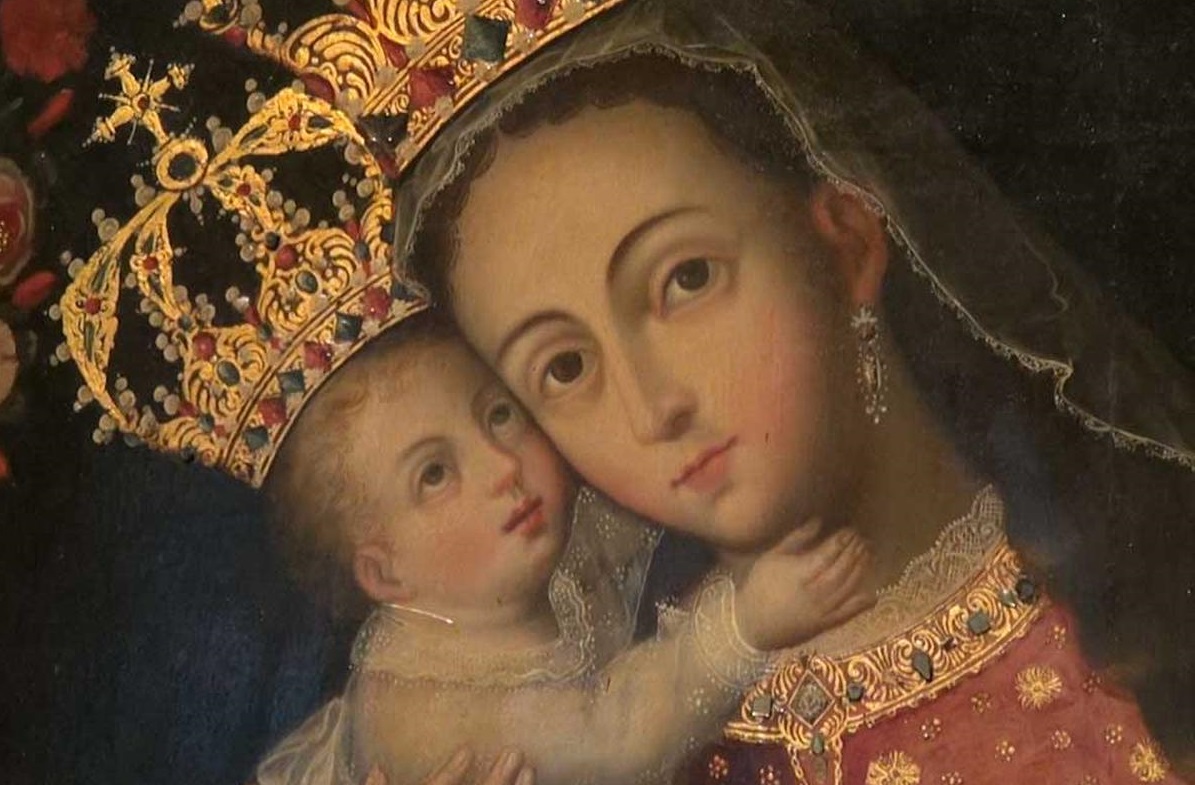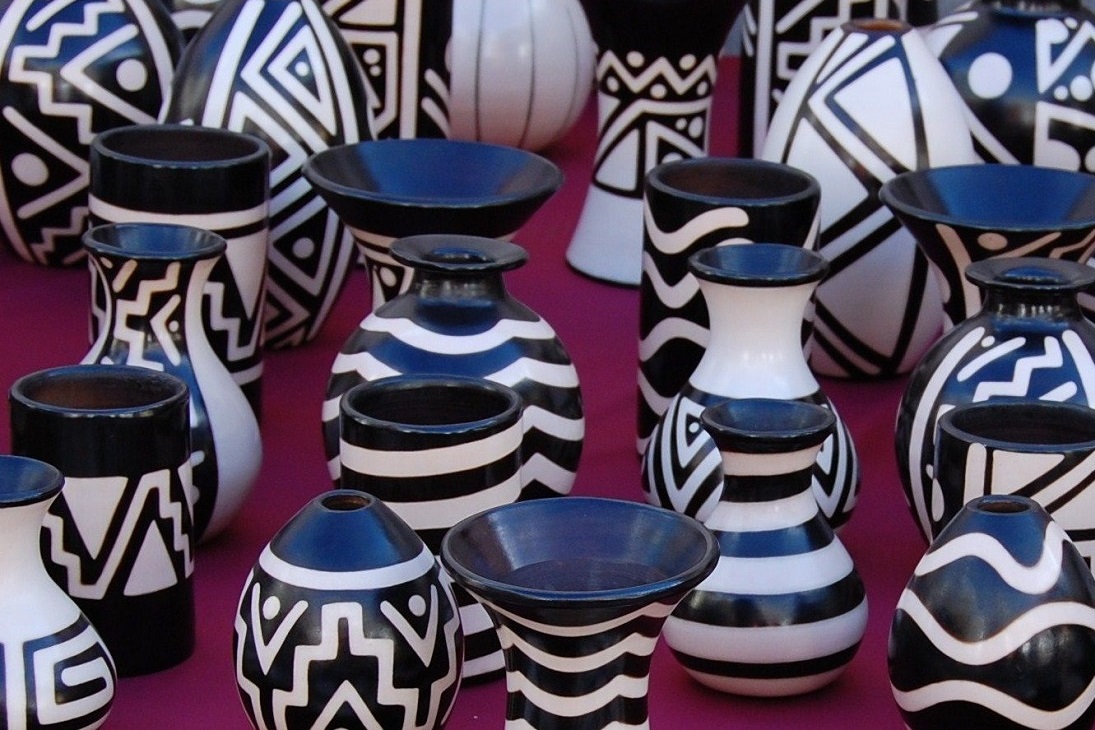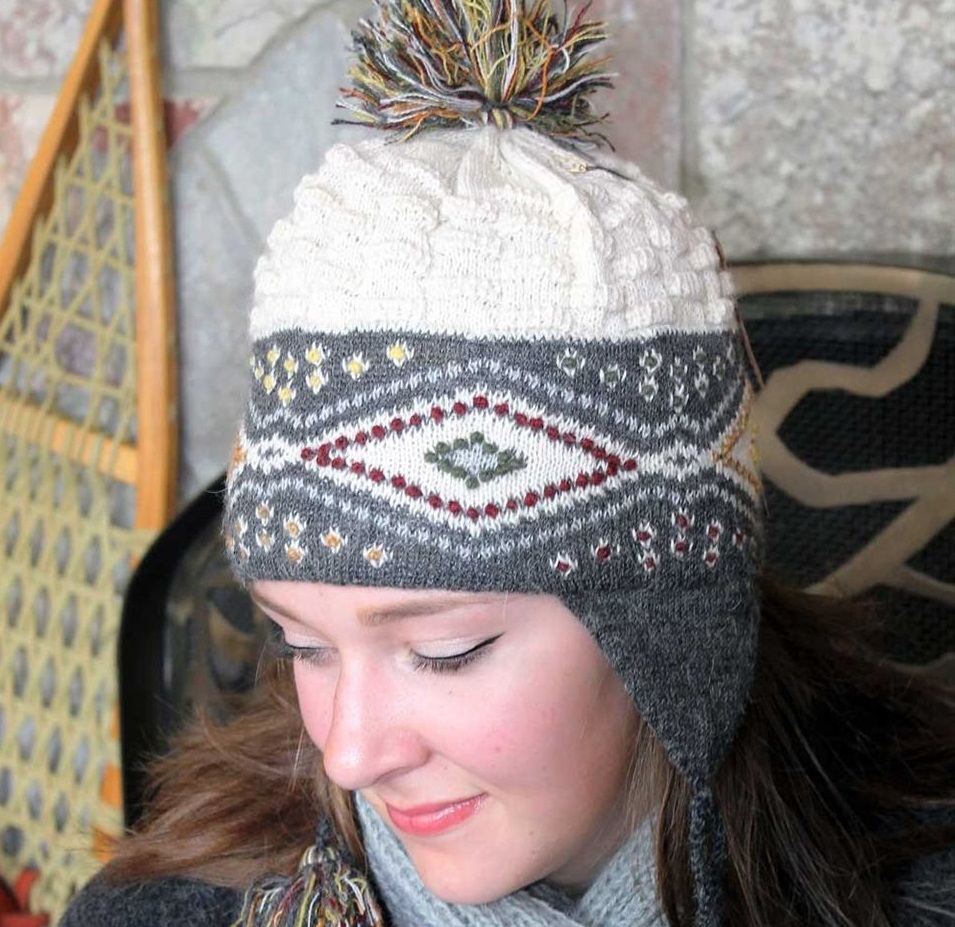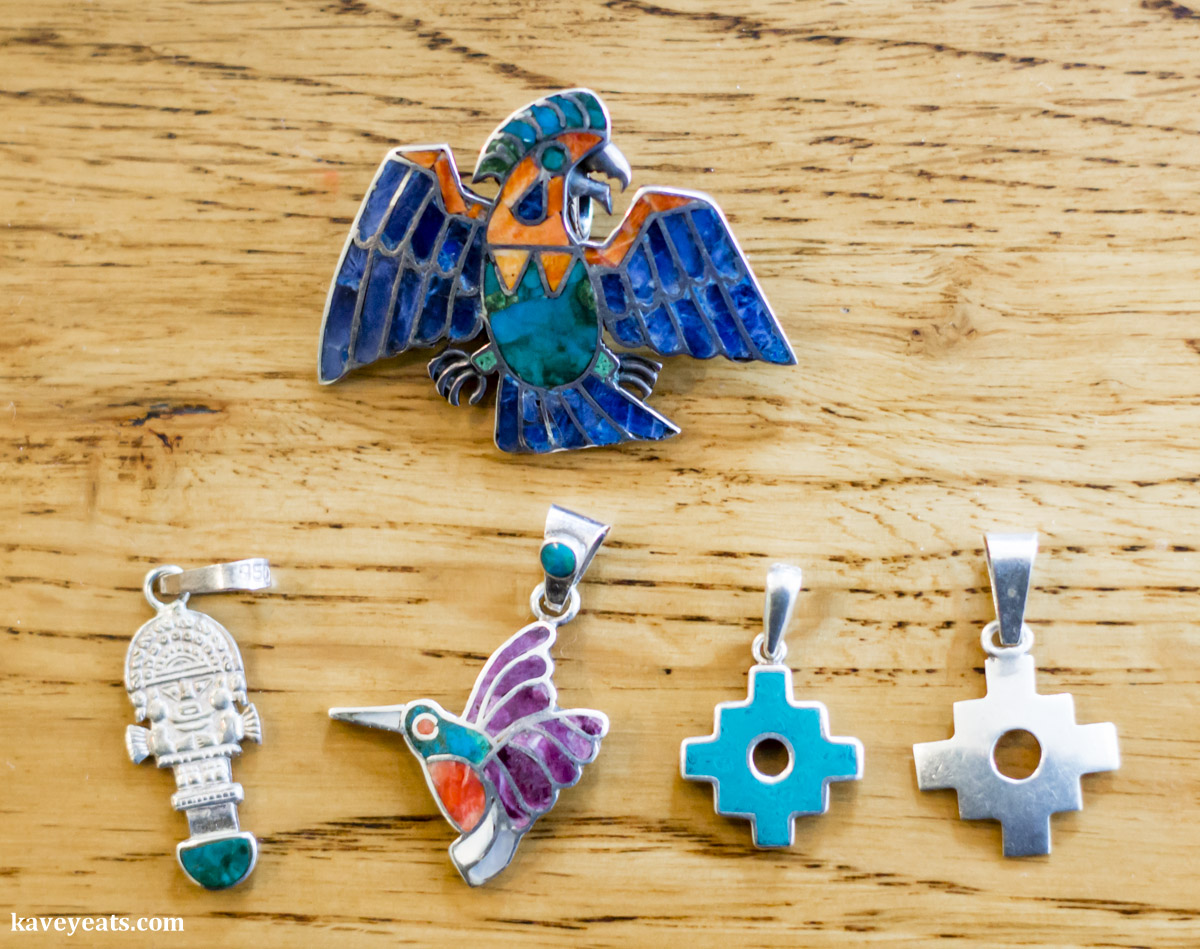
It is likely that after knowing our country you want to take a piece of it in your pockets, a possible taste thanks to the artistic manifestation of the different Peruvian peoples. Peruvian craftsmanship is among the most varied in the world, as evidenced by the extensive network of exporters that every year exposes the ingenuity of Peruvians in European, Asian and North American markets.
Its diversity, color, creativity and multiple functionality make it a fundamental activity not only for the configuration of the Peruvian identity but also for the survival of thousands of families and even whole peoples, such as those of Sarhua and Quinua, in Ayacucho. Those small pieces that cause the admiration of locals and foreigners contain centuries of history full of forms and also pre-Hispanic symbols that merge and coexist with others brought by the Spaniards.
- Peruvian images in Cusco: In our country there are many cultural manifestations that refer to religion, they are called imagery. The sacred family, saints and other religious figures are considered by Peruvian artisans, who create works of art inspired by their faith.

- Ayacucho Retablos: During colonial times, the Spaniards traveled through the regions of Peru carrying the catholic figures of the sacred family of Jesus in drawers. In 1940 in Ayacucho they began to reproduce those drawers, but the inhabitants changed their name and design. they became altarpieces and far from the stylized figures, the artisans designed them with colors, features and elements typical of the Peruvian highlands.
- Churches from "Quinua": The town of Quinua is famous for its Ayacucho altarpieces but also for its churches. Works of art that usually adorn the roofs of the locals, faithful devotees of Catholicism.
- Pottery of Chulucanas: Using artisanal kilns, the inhabitants of Chulucanas, capital of the Morropón province, carry out various creations, many of them religious. Using a wooden palette and a stone the artisans give form to beautiful ceramics.

- Celendín hats: Celendín is located in the Cajamarca region and is known as the "City of Hats", which are made of toquilla straw. Women are mainly engaged in this activity, spending long days weaving by hand.
- Necklaces and earrings of shells from Tumbes: Known for its beaches, Tumbes uses its coastal resources to produce popular necklaces, earrings and other ornaments made of sea mollusks from the fishing coves of Puerto Pizarro, Punta Mero, Punta Sal and Cancas. In addition, showy curtains are made of these shells.
- Alpaca Chullos from Cusco: Popular around the world for being colorful, alpaca chullos are the favorite "souvenir" of those who visit Cusco. Besides the design and to be really warm, the chullo are used by most of the inhabitants of this part of Peru.

- Leatherworks of Arequipa: Leatherworking consists of making purses, purses, among other garments, based on leather and alpaca or sheep skin. This activity is very popular in Arequipa where workshops of this artisanal technique abound.
- Carved stones of Huamanga: Again, a province of the Ayacucho region offers artistic pieces in great demand. The stones of Huamanga (composed of sulphate of lime) are carved by the craftsmen of the place, who give it religious forms, being the most famous the birth.
- Jewelery shipibo-conibo: The Peruvian jungle is present with its striking jewelry articles made of seeds and grains. Ucayali is the main producing region of this type of shipibo-conibo crafts.
- Silver Jewerly: In Perú you can find a lot of jewerly art in silver, like earings, necklaces, rings, decorations, bracelets and a lot of diversity to be able to bring a good gift or a souvenir of your visit to Perú.

Peru Tours

The Responsible People foundation is registered under the Peruvian Non-Profit Organization Act. With an annual contribution from
Inca Trail Machu, we support our operating costs as well as a significant portion of project development costs.





